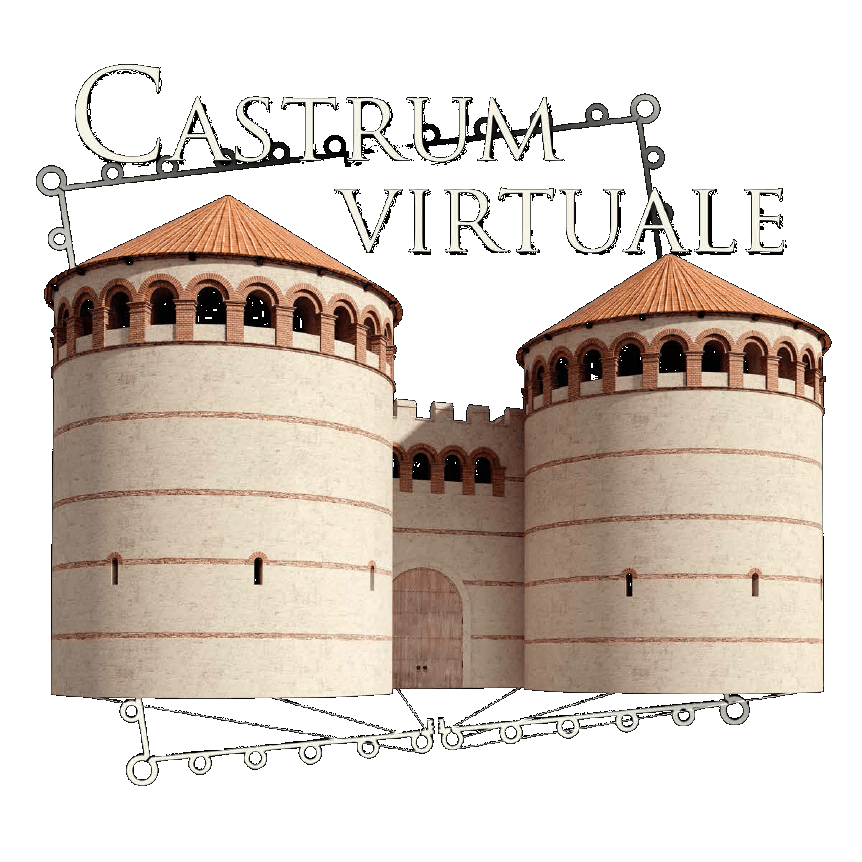The building complex of the Festetics Manor
The complex of the Festetics Manor determines the view of Fenékpuszta today
The basic block of the manor took shape at the end of the 18th century according to a strict symmetrical order.
The main building posed the middle axis which was flanked by a wing on both northern and southern sides along with outbuildings and stables. Hardly a century later László Festetics had the buildings extended and the façade turned classicist. The middle block, the so-called ‘Little Palace’ was elevated with a new storey to accommodate the earls’ rooms. The northern and southern wings of the complex still housed horse breeding: here the ground plan includes four plus four courts divided by the stable.
Manorial land
„Manorial land, flax mill and social tenements”
Plain in Hungarian language means not mere uninhabited, “deserted” landscape or settlement.
Geography evolving in the 18-19th centuries treated plains as distinct type of settlements. These settlements or settlement parts – smaller than villages – were closely related to the manorial system. Their inhabitants were usually not serfs posessing property, but employees who carried out handycraft and agricultural work in return for housing and allowance in the landlord’s large estates, in the manors. The manorial plains spread extensively in the second half of the 1700s, and was closely related to the reorganization of the village network destroyed during Turkish occupation.
Several of them, like Fenékpuszta, were established as the revival of a formerly inhabited area.
The Festetitcs family owned the Fenékpuszta estate and began to build it up in the 1750s, which aquired the main features of its present form in the early 1800s. A tree-lined road led to Fenékpuszta Manor from Keszthely Palace with several small farmsteads and mills alongside. The second military survey still indicated it as Puszta Fenék (“Bottom Plain”), while the manor owed its outstanding rank among manors to horse breeding.
The manor owed its outstanding rank among manors to horse breeding
The best Lipizzaner horses went to the Spanish Riding School in Vienna. In general, stud manors specialized in horse breeding prevailed among plains or ranches built for different purposes in the early 19th century, which explains why the buildings had artistically demanding, representative design. The ship-building yard and the port also enhanced the special Balaton atmosphere of the Fenékpuszta Manor.
Flax mill and social tenements
Fenékpuszta was an integral part of the historical landscape evolving around the Keszthely Palace, which remained a typical manorial region untill the land reform of 1945. However, in the second half of the 20th century, settlement development policy deliberately sought to eliminate the aristocratic character of the landscape. Along the old buildings a flax mill was established, yet a more important change took place when the 19th-century buildings were converted into low-comfort tenements. Today, about 30 to 40 families live here. From the early nineties the heritage usage of the manor in the plain has been on the agenda, for example the idea of a car museum has been put forward. Meanwhile, the buildings have been deteriorating, and their future remains uncertain.






